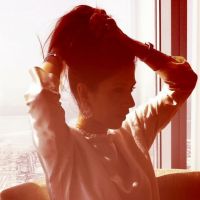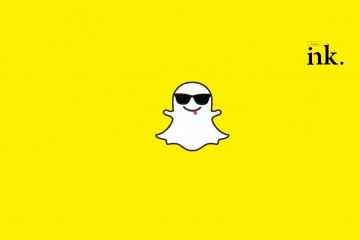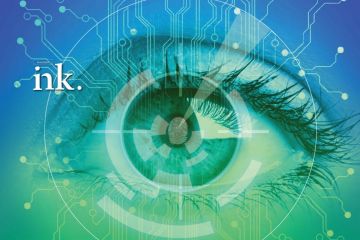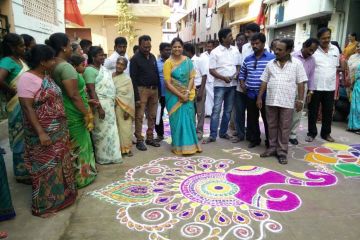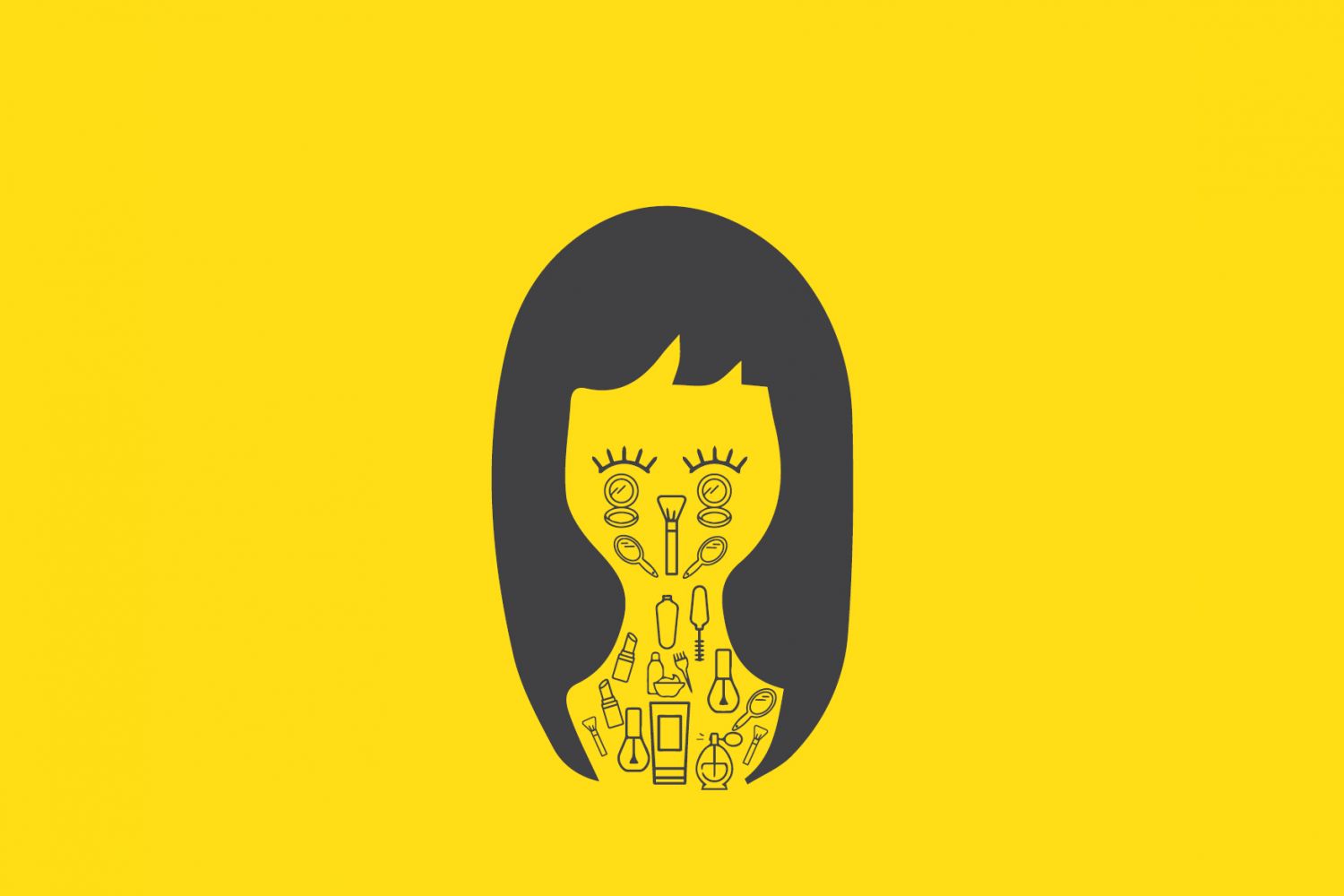
I’m lying face-up on a massage bed for a facial at the famous
Shangpree Spa in Gangnam, the ultra-cool district in Seoul, South Korea. There
is no relaxing spa-music. The lights are not dim. Sitting behind the bed is a
woman who is examining my face through a giant magnifying glass. She rings a
bell. Two women follow. The lights are even brighter now and a debate underway.
They come in closer to examine my face. There is no hiding.
“Do you massage your face,” asks a woman with glowi

